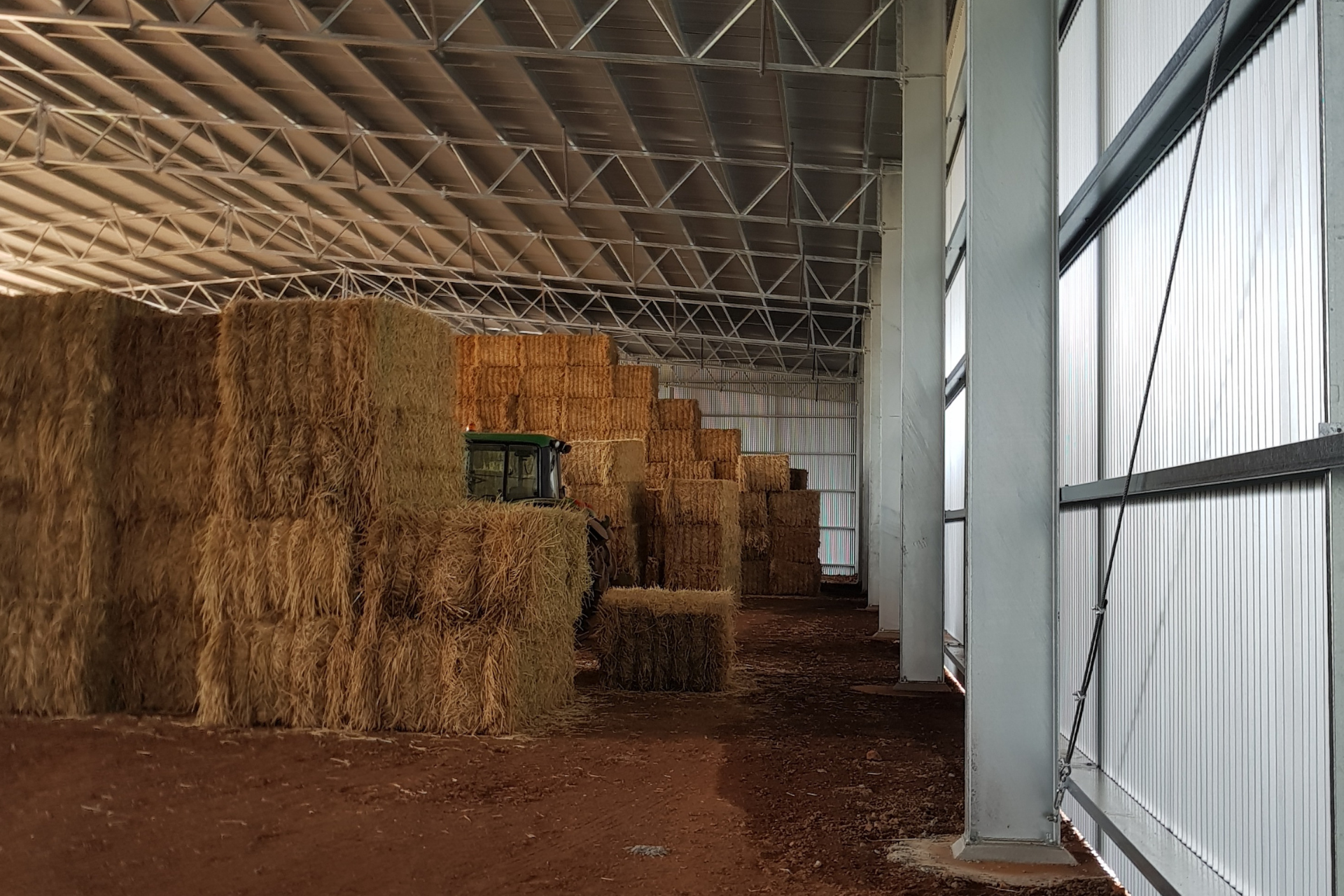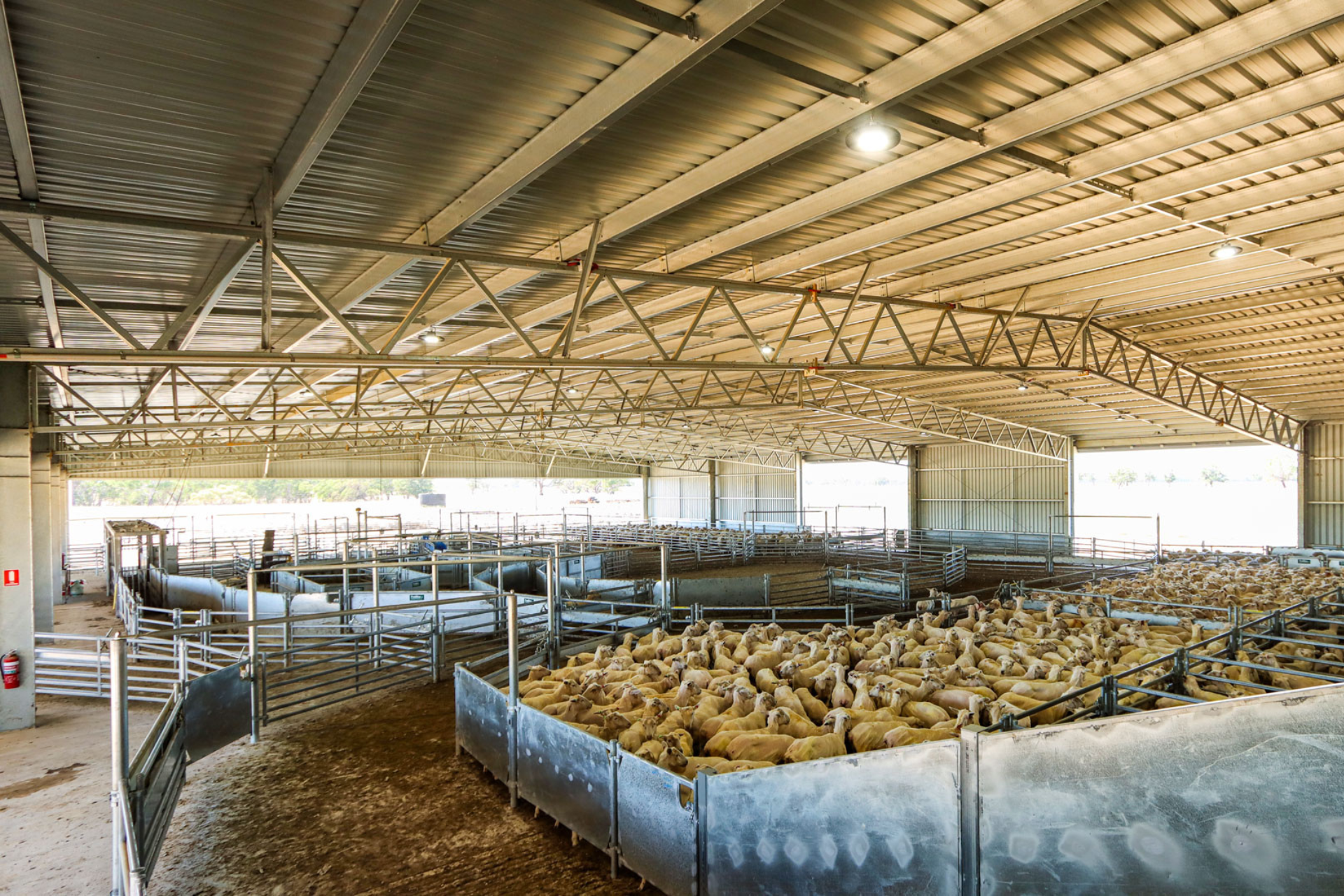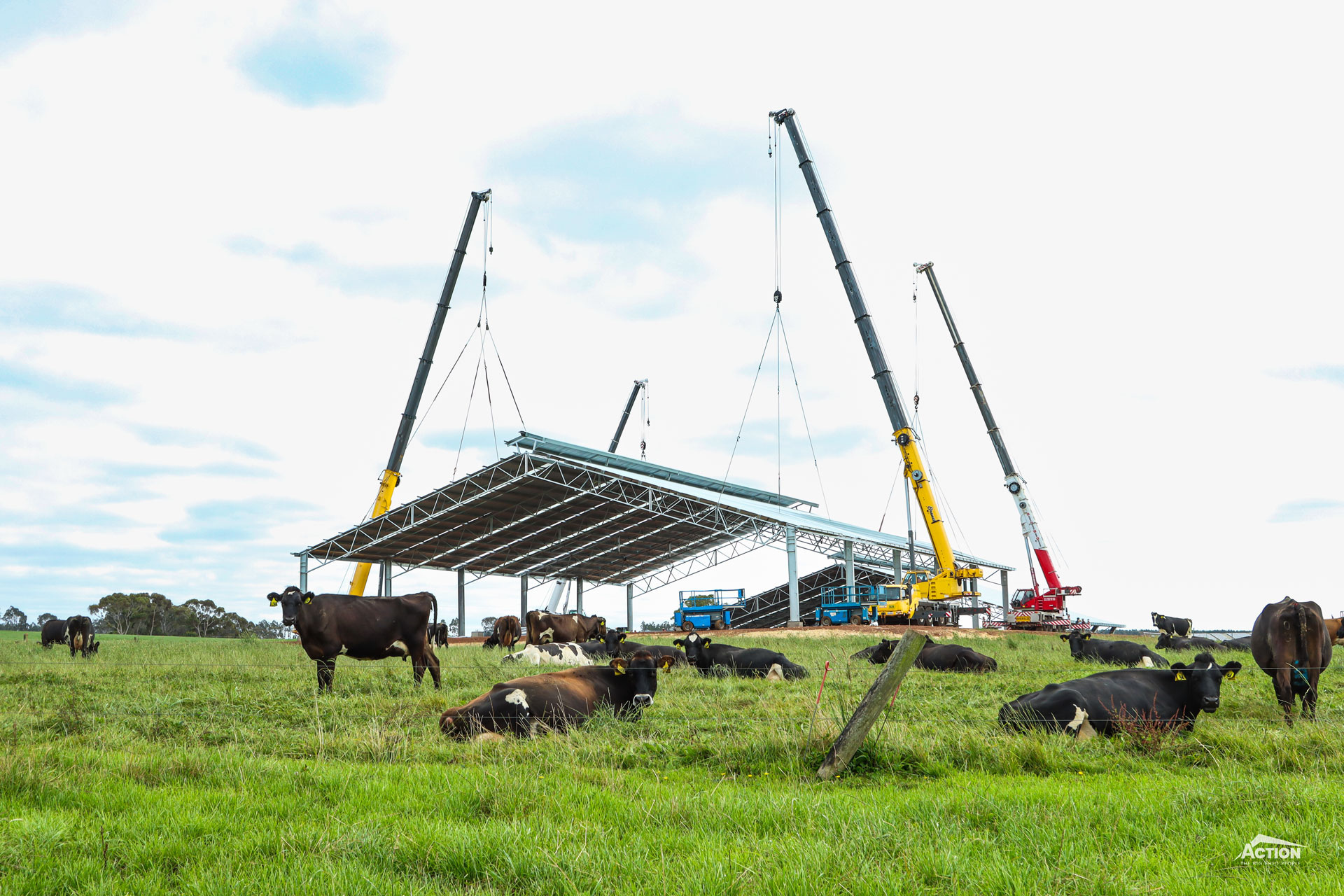The purpose of a farm shed is primarily to protect the contents of the shed – rain, hail or shine!
This is true whether it is a hay shed, grain shed, machinery workshop shed or shearing shed.
So, you want your shed to do just that. Pretty simple!
However, farmers looking to upgrade their shed often ask us: “Why is there moisture in my shed?”
Or “why is my shed roof wet inside?”
And “how do I keep the shed floor dry?”
Having moisture in your shed is obviously not ideal.
For example, it can damage hay bales or create uncomfortable working conditions in your workshop. Or it could mean damp sheep in your shearing shed.
That’s just a few possible scenarios.
If your shed is in a similar situation, and you are wondering why and what you can do about it, you have stumbled across the right article!
In this article, we discuss the two main reasons that the inside of a shed gets damp.
And, importantly, we discuss what you can do about it to prevent it from occurring.
Moisture inside your shed? Here’s what you need to know.
Why Is There Moisture In My Shed?
If your shed is wet inside, there are two main reasons why this is occurring.
The first reason is poor shed site preparation.
If your shed pad has not been built up adequately with a good batter around the perimeter, stormwater can pool around the outside perimeter of the shed. This will then soak through the soil and into the shed, making your shed floor wet.
The second, and very common reason is condensation.
On frosty mornings, the roof sheeting on your shed is cooler that the air inside the shed. This causes condensation to build up on the underside of the roof sheeting which will drip inside the shed.
So, what can you do about it?
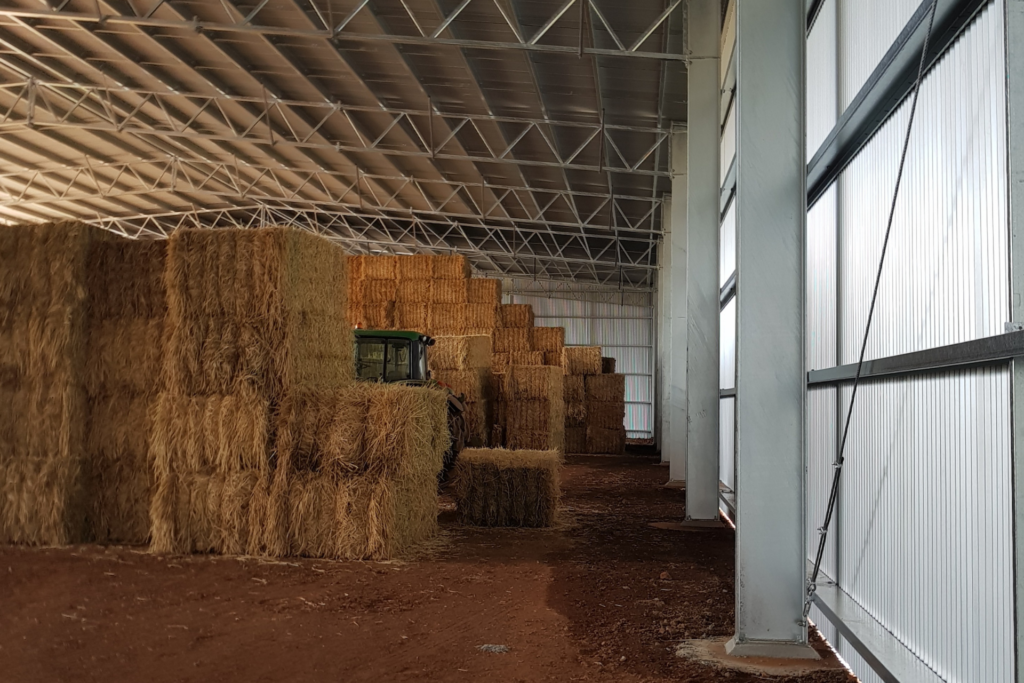
How Do I Keep My Shed Floor Dry?
When it comes to keeping your shed floor dry, prevention is better than cure.
The best way to keep your shed floor dry is to spend time and money before building your shed to make sure your shed pad is properly prepared.
It is important to ensure that your shed pad is built up and has a good batter around the perimeter so that the stormwater runs away from the shed.
We often stress, don’t underestimate the importance of good site preparation! While it may cost you more initially, it can save you money (and frustration) in the long run.
In the video below Ben outlines our top ten tips for shed site preparation, which you might find helpful.
And as Ben points out, a well-prepared shed site is not only beneficial for the longevity of your shed, but it could also mean your shed construction is not delayed by the weather.
The other way to prevent water from entering your shed and making the shed floor wet is to install a moisture barrier.
An option for this is a concrete plinth installed around the perimeter of your shed.
It is also a good idea to make sure your shed has a custom gutter system installed. This is plumbed to one end, or both ends of the shed, rather than having downpipes down the face of the columns.
This reduces the risk of the downpipes being damaged by machinery and water entering the shed.
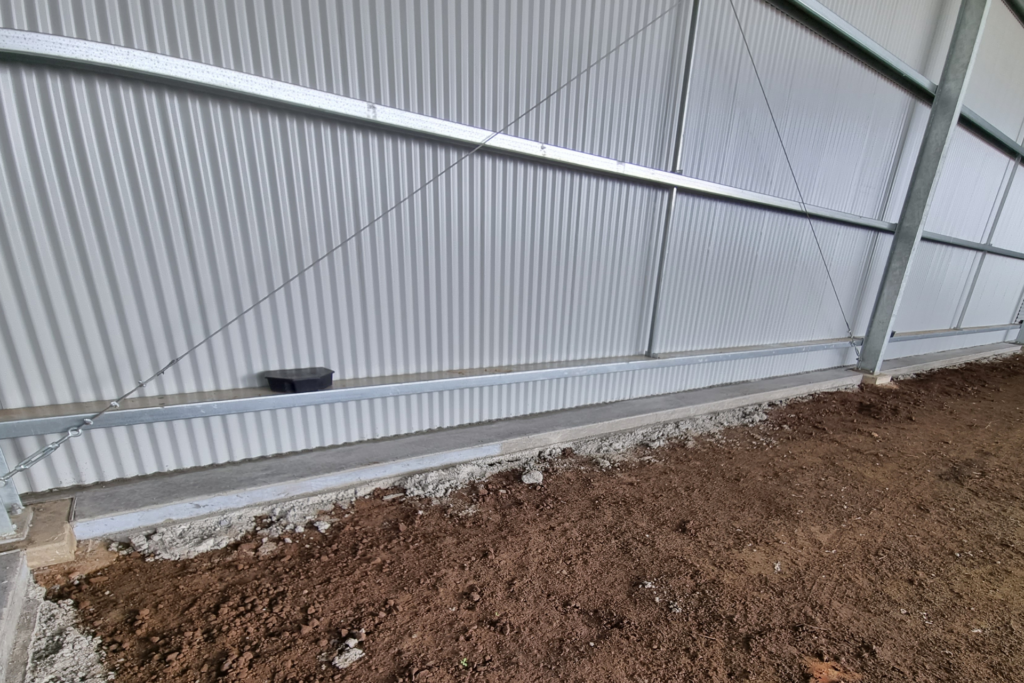
How Can I Stop Condensation Inside My Shed?
The solution to preventing condensation in your shed is simple. Install sisalation.
Sisalation prevents condensation build-up and dripping by acting as a vapour barrier.
We offer a number of different sisalation options for your shed including sisalation paper, sisalation blanket and AIR-CELL Insulbreak by Kingspan. AIR-CELL Insulbreak is the most premium product of the three options, but it may not be necessary for your shed project.
Our building consultants are more than happy to discuss the different sisalation options available and help you work out which will be best for your shed.
Having good ventilation and airflow through your shed is another way to prevent moisture build-up.
For example, ventilation is an important consideration for chemical storage sheds as it helps vapours and fumes evaporate. Some options to improve the ventilation in your shed include ridge vents, whirly bird vents and large sliding door openings.
So, that’s a brief overview of why there could be moisture in your shed, how to keep your shed floor dry and how to stop condensation in your shed.
We hope you have found this article helpful!
For more farm shed articles and resources, browse our Learning Hub. Or if you have any other questions about moisture in your shed, and how to prevent it – call us or send us a message. We would be happy to help!

